"Hands-on information manipulation" accelerated the evolution of mankind. Personal computers that stimulate children's desire to learn creatively began here.
Japanese children, who will lead the future, will also be taught by Mr. Alan
From 2020, learning programming will be mandatory in elementary schools, and in the field of education, what kind of lesson will be set up? Many of you are probably thinking about how to use it, and what kind of system you want your children to use.
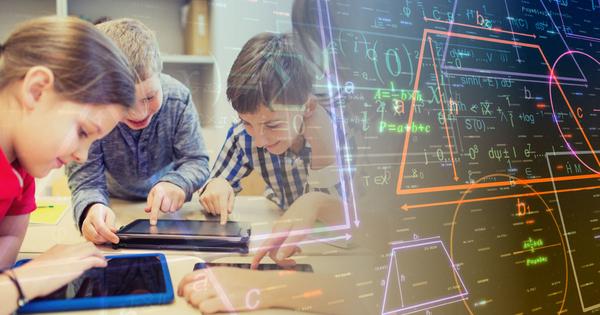
In 1968, Alan Kay announced the concept of a versatile information terminal called "Dynabook", and in 1972, at the ACM National Conference held in Boston, USA, he wrote, "For 'children' of all ages." He wrote an essay titled "Personal computer of the world" and made the concept of Dynabook widely known to the world. Two children appear there.
Children are playing space games on notebook-sized terminals that can communicate with each other. However, when they realized that the spacecraft was not affected by the sun and stars they had heard about, they decided to modify the game program a little. However, the two of them run to Mr. Jacobson, who is teaching them, because they can't get the figure they envisioned. Mr. Jacobson's eyes glisten when the children begin to wonder why the spaceship doesn't fall toward the stars.
Dr. Seymour Papert, who developed LOGO, a programming language for learning at MIT, had an early influence on Alan's Dynabook concept. Later, Alan launched the project Squeak to realize the Dynabook concept at Apple, where he was enrolled as a fellow, and as part of that, he developed Squeak eToys to create an environment where all generations can learn programming graphically. Unfortunately, the project never reached maturity and stopped growing. However, the programming environment Scratch, which was developed based on Squeak, is active as a new life. Scratch builds a program by arranging tile blocks, but recently it has become easier to access, such as being able to work on development only on the web, and the speed of its spread is accelerating.
In fact, there are many examples of its use as a programming teaching material, and you probably know that NHK's popular educational program "Why!? Programming" features "Scratch" as its main feature. Scratch, which allows you to create programs that move instantly just by arranging tiles that define actions, will be a strong ally for Japanese children to learn programming concepts. The children who will lead Japan in the future will also be taught by Mr. Alan Kay.

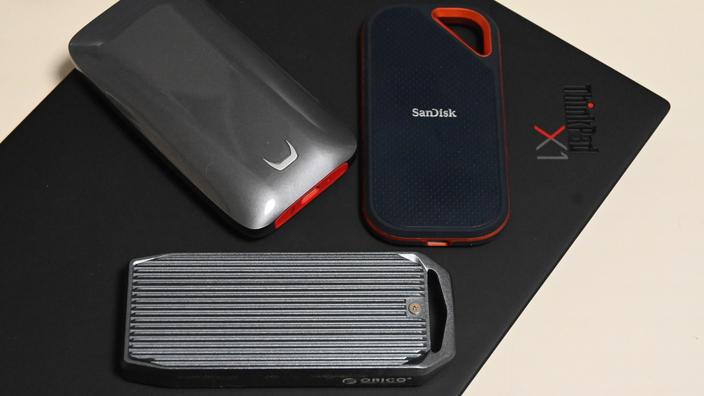
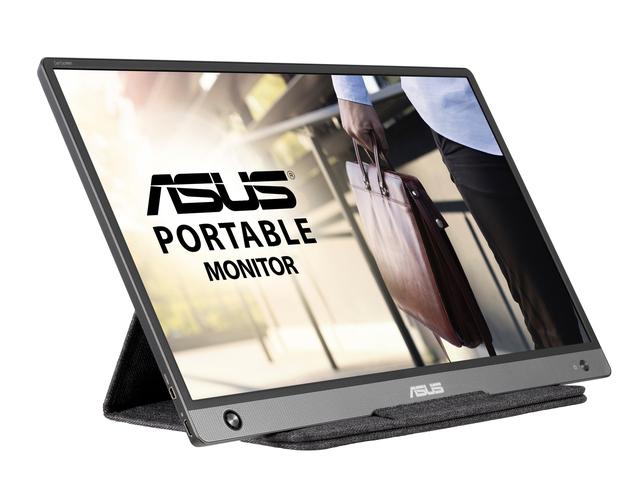
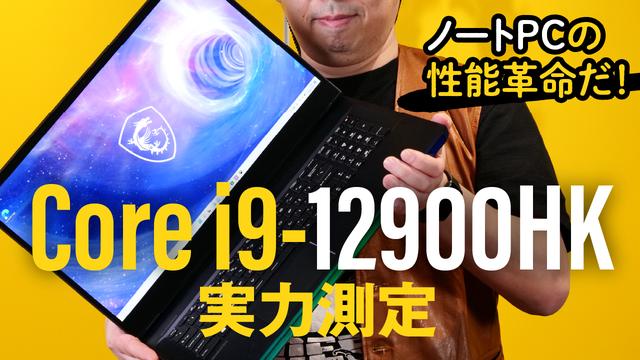
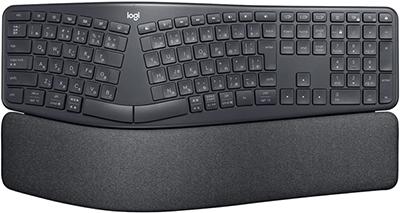

![[July 6 and 7] DX realized by content cloud, advanced platform for business transformation](https://website-google-hk.oss-cn-hongkong.aliyuncs.com/drawing/article_results_9/2022/3/9/6bbafe438d78271513761788166cbf94_0.jpeg)

